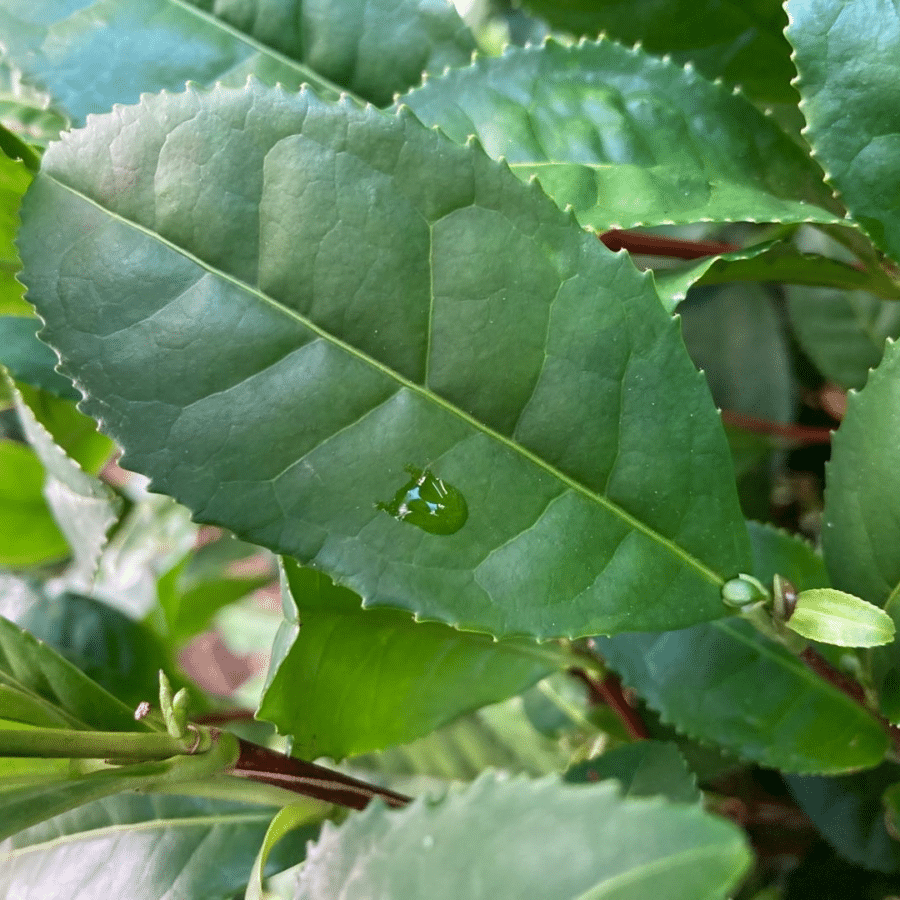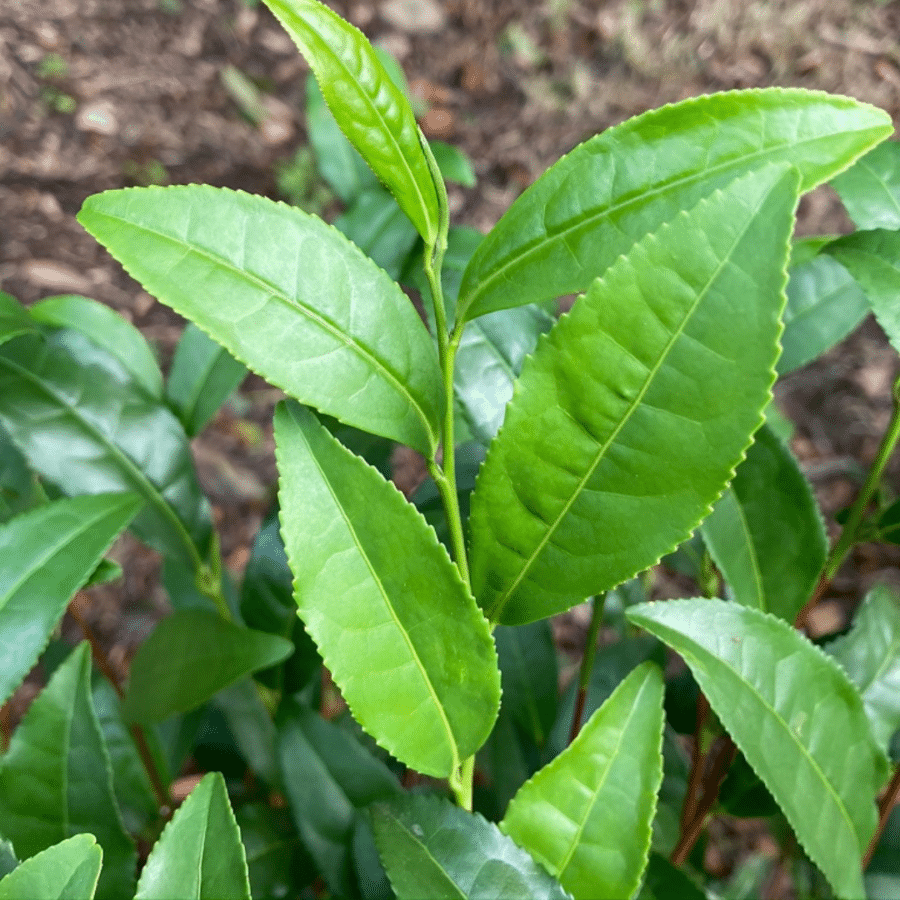-
Korea n°1 (long leaves) Tea Plant
Price range: €16,41 through €22,73 Select options This product has multiple variants. The options may be chosen on the product page -
Korea n°2 (medium leaves) Tea Plant
€19,73 Select options This product has multiple variants. The options may be chosen on the product page
Our tea plants are mainly Camellia sinensis var. sinensis, the variety best suited to temperate climates. We do, however, offer some Camellia sinensis var. assamica, a variety that requires more heat to develop.
After using our own tea plant seeds and cuttings to expand our plantations, we are now offering part of our tea plant production for sale. So, for the first time in Europe, we’re offering you the chance to choose a cultivar that suits your climatic conditions and the type of tea you want to produce.
For any order of 100 plants or more, please contact us by email.
We also offer complete support, combining field expertise and an assessment of the technical and economic feasibility of your project. Feel free to contact us by email so that we can accurately identify your needs and provide you with a customized quote.


